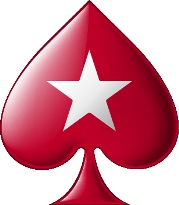So you’re in the hand, off and running! Do you remember how many poker players are in the pot and for how many bets? This will help you fi gure out whether the odds will be correct for you to stay in the hand later on. When you see the flop or the remaining players’ second upcards, you’ll have a better idea of where you are in the hand relative to everyone else. It’s not always the easiest thing to know, but you can go a long way toward figuring it out when you have paid attention to what your opponents have played and their betting patterns associated with those hands. With that information, you will have a good advantage over players who are not as diligent as you are. This, the second of four betting rounds (five in Stud Poker), is important because it is your last chance to “get in cheap” before the bets double on the turn. By the end of this chapter, you will know
✦ How to evaluate how well you hit the flop.
✦ How to evaluate how much “work” you need to do to make certain hands.
✦ How to evaluate your hands relative to Sklansky, Malmuth, and Miller’s pot-based odds.
✦ How to evaluate the amount of thinking you can do in the allotted time.










